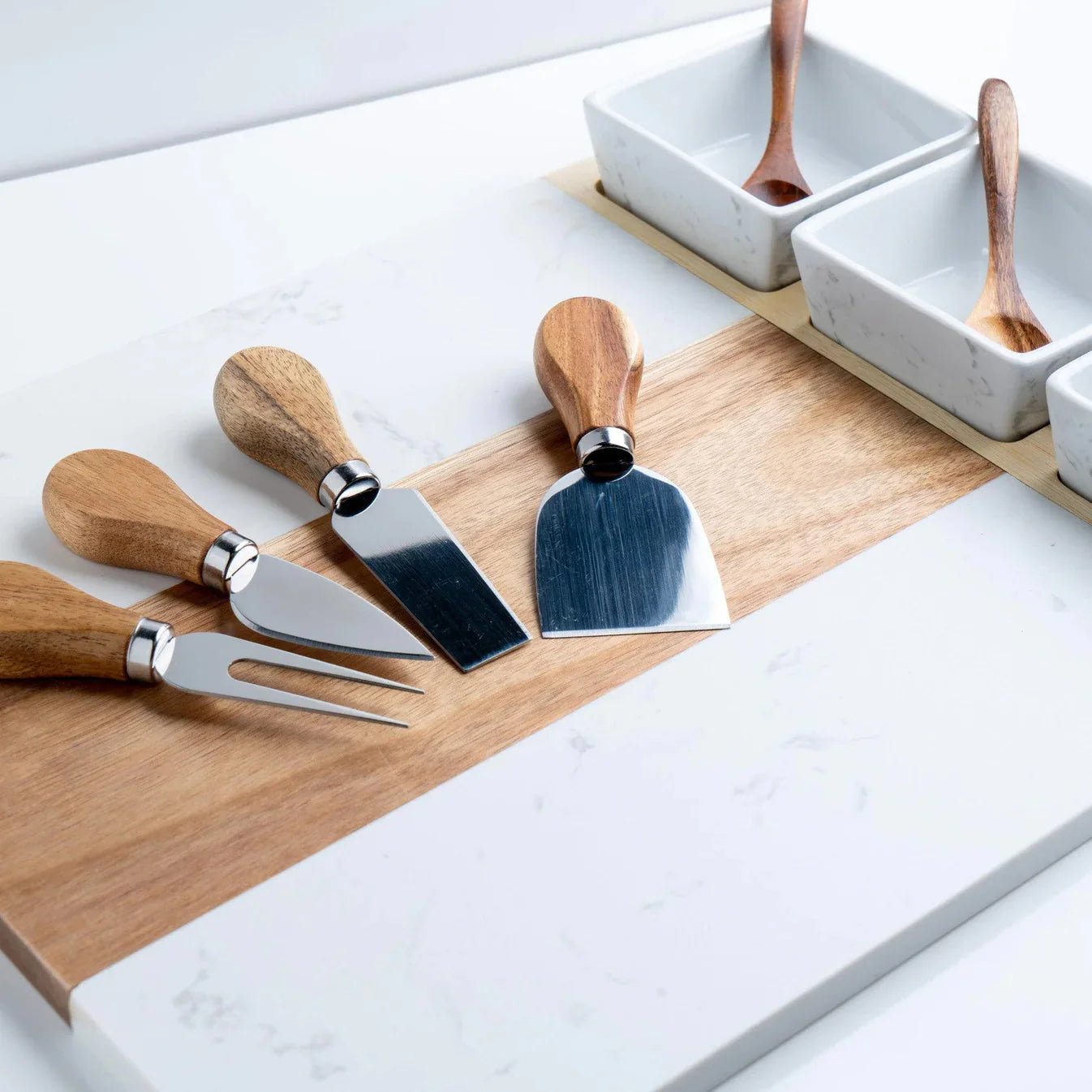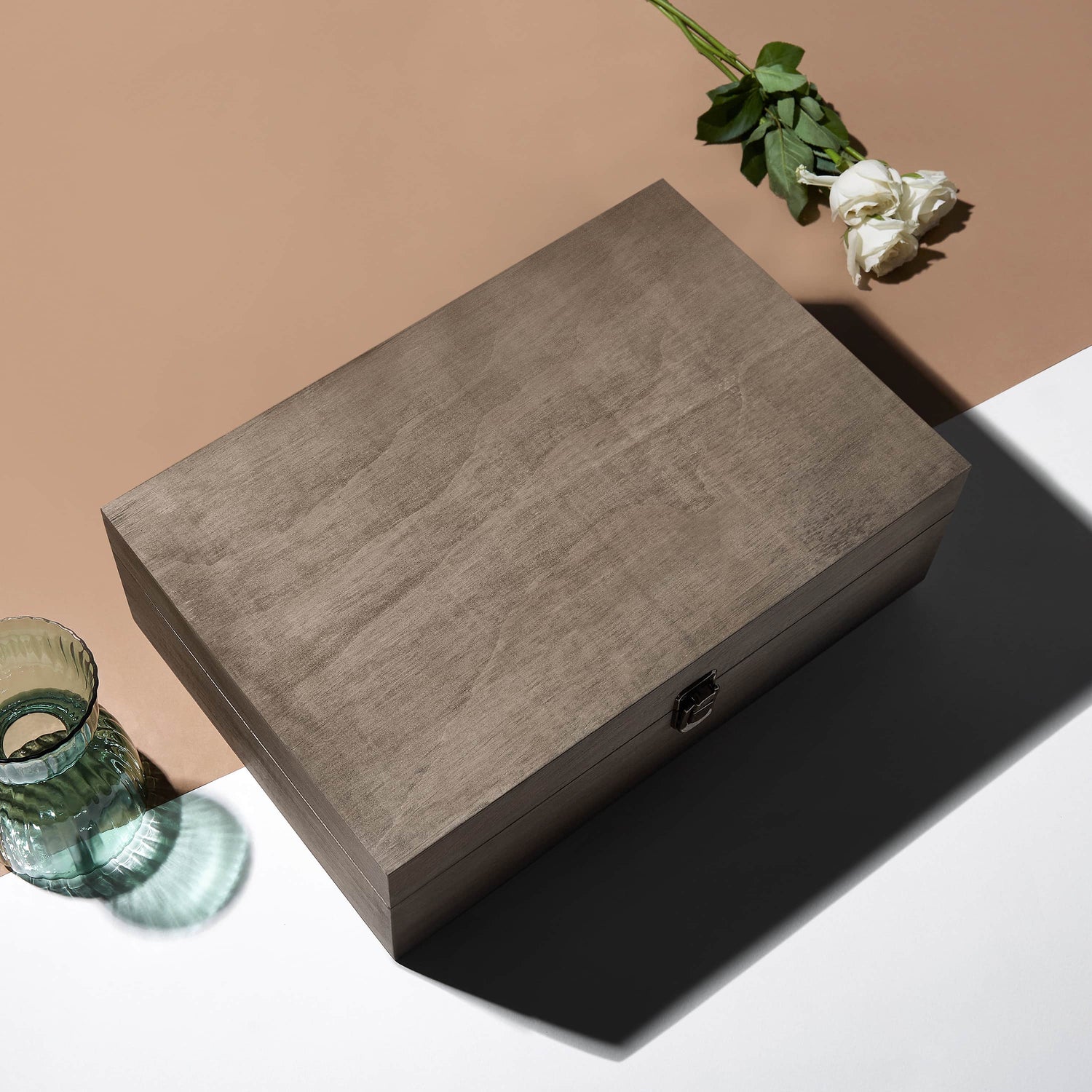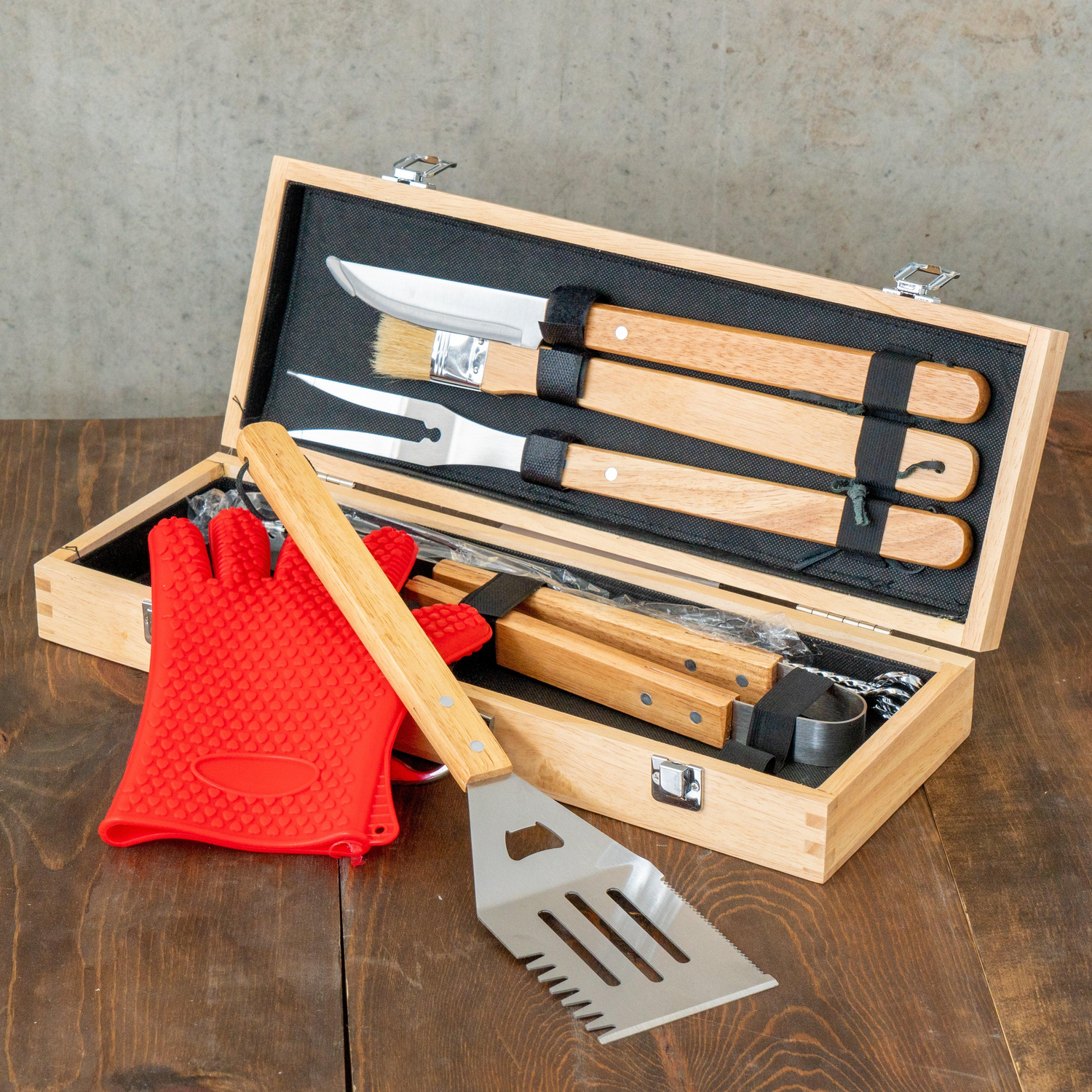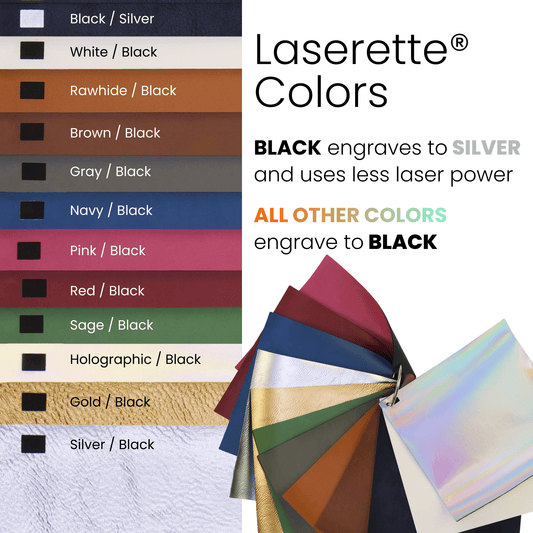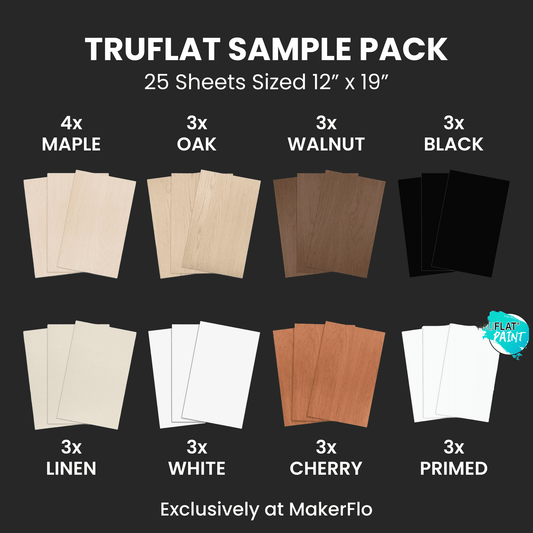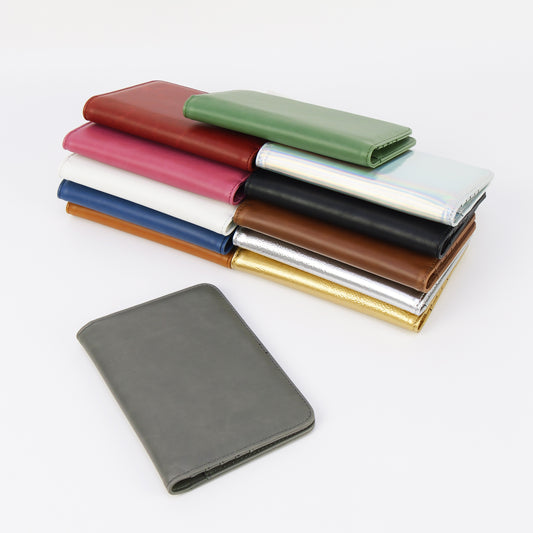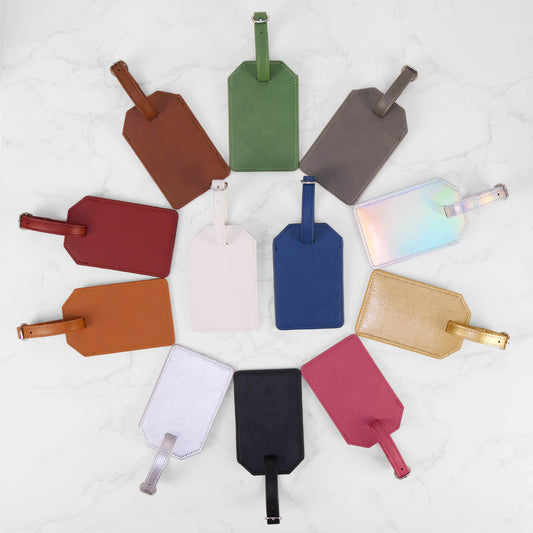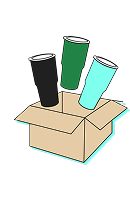You’re here because you’re excited to add a new laser to your workspace. You know it’s time to make a decision, but you’re not sure where to start.
I get it. You're in the same boat I was in years and years ago. I was unsure how to move forward, or what on earth to consider before pulling the trigger on a large investment like a laser.
I didn’t want to waste time or money on a machine that didn’t fit my needs, and I’m sure you don’t either.
That’s why I’ve distilled years of experience into five big questions that will guide you to the right decision. Asking these questions before you shop will help you find the right machine to grow your business and your profit.
If you want more guided help, check out my free class, A Path to Create, where I walk you through this process through a series of short videos.
Now, let’s jump into the questions, starting with the most important one:
#1 - What Do You Want to Make?
Before diving into the details of any single machine, start with your big-picture goal. In other words, decide what you want to be doing with your laser. (And not just now, but in the years ahead.) Everything flows from this one question.
Will you engrave designs on pre-made blanks, like tumblers or cutting boards? Will you cut materials into shapes, like custom signs? Or are you looking to laser-cut soft materials like cardboard or paper?
Some things to consider:
-
Materials: An entry-level diode laser is great for cutting cardstock or engraving softer surfaces. But you’ll need a CO2 or fiber laser to engrave some acrylics and cut hard materials. Brush up on the types of lasers and what materials they can handle in this guide to laser engraving.
-
Cutting Power: Do you want to cut very thick material? If so, you'll need a machine with a higher wattage. I recommend 5W to 15W diode lasers for hobbyists who want to do basic engraving or cut thin materials like Truflat laser plywood. For businesses that want to cut wood and even metal, you’ll want a CO2 or fiber laser with 30W or more. Learn more in my free class, A Path to Create.
-
Working Area: If you only plan to engrave small items or tumblers, a smaller laser bed (like the xTool F1) may be fine. But if you want to make large custom signs or cut items in bulk, consider the max engraving size you’ll need for those projects.
- Versatility: Some lasers have adjustable height, which means you can cut flat and tall items on the same laser bed. Another helpful addition is a rotary attachment, which easily engraves tumblers, pens, and other round items.
Check out MakerFlo’s line-up of laser engravers and equipment to jumpstart your search.
And if you want more inspiration for what to make with your laser, discover more laser engraving ideas here.
The next question to ask is about your business.
#2 - What Kind of Business Will You Build?
Are you a hobbyist, or are you trying to build a profitable maker business? Your answer will determine what you want to look for in a laser.
If you’re a…
-
Hobbyist: Your goal is to make gifts for friends and family. You don’t want to invest a lot, and you may not have a lot of space. Your priority is a compact machine at a good price, that’s safe to use in your home. Speed is not a big concern.
-
Side Hustler: You’re a solopreneur selling products on the side. Investing in a good machine will turn into more profit. You still need to consider storage space and safety, as you’re likely working out of your home. But having a speedy machine is a bonus, as you’re short on time.
-
Startup: You’re building a business that you intend to scale. It’s worth investing more in a machine that will be profitable and quick. But you may still be limited on space.
- Commercial: You’re operating at scale with a team and a dedicated workspace. Your concern is speed and wattage. The more you invest, the more you can make for your business.
I hope you’re starting to get a clearer picture of the machine you need for your current goals. But before you run off to make a purchase, there’s another crucial aspect to consider — design.
#3 - How Will You Create Your Designs?

You know what you want to make, but how are you going to design those products?
If you're a hobbyist, most entry-level machines come with their own simple design software. If you pair that with some designs from a marketplace like Creative Fabrica, that may be enough.
But if you’re running a business, you’ll probably want to go beyond the basic designs that everyone is making. In that case, you may want to get professional software so you can edit your purchased files or make new designs from scratch.
I went deep on this topic in my last post! Check out my list of the best software for laser engraving to see which programs are right for your business.
Are you getting excited? I hope so! Now let’s look at two final questions that will make sure you’re ready for the reality of owning the new machine. First…
#4 - Does the Machine Work in Your Space?
Let’s talk for a minute about space and safety considerations, because this will make or break your experience with your new machine.
Four things to consider:
-
A Dedicated Space: Do you have the physical space and a dedicated footprint for a laser? Will you need a table or stand? Will you put it away in a closet, or will it be on permanent display?
-
Ventilation: You must have a plan for ventilation. Do you have a window you can vent the fumes out of, or will you need to purchase a filter or fume extractor? I once had to move my laser out of a guest bedroom because the fumes were coming through the walls!
-
Safety: Is the machine going to be near your family or children? Do you have a plan for locking up the laser or keeping it away from little hands?
- Environment: If you live in a place with extreme cold weather, glass tubes (used in many CO2 lasers) do not perform well, and the temperature could actually screw up the laser beam’s performance. Humidity can also be a factor. Look up the humidity and temperature recommendations for any machines you’re considering.
You’re almost ready to make a decision. The final step is to plan what you’ll do after buying the machine.
#5 - Are You Ready to Set Up and Maintain the Laser?
Buying the machine is one thing — living with it is another. If this is your first machine, I want to prepare you for the reality of being a laser owner.
First, it will take time to get the hang of your new machine. Be ready to test materials and settings until you find what works. Most lasers have Facebook communities with experienced users who can help you find your way. Also, be sure to check out MakerFlo’s free Makers Community and my Project Members paid membership.
Second, you’ll need to factor in the time and cost of cleaning and replacing parts.
I asked my friend and MakerFlo co-founder, John Modi, for some advice on this one. Here’s what he said:
-
Clean Your Lenses: Lenses get dirty, especially when you are doing a lot of cutting. According to John, you should clean your lenses weekly. If you are cutting 24/7, clean them daily.
-
Get Air Assist: John strongly advises that you should always get air assist. It saves your lenses and improves the quality of your work.
- Prepare for Replacements: Be prepared for the ongoing costs of replacing parts. For example, glass tubes on CO2 lasers last 2 to 3 years with frequent use. If you’re commercial, you’ll also need to budget for replacing belts and other parts every year or so.
Don’t let these costs scare you away! It’s totally worth the effort to grow a profitable laser engraving business. But it’s good to plan ahead now so you can avoid surprises later.
I hope this list of questions has helped you clarify your vision for your brand-new laser and all the awesome projects you will make!
If you’re still unsure, don’t forget to check out my free class, A Path to Create, that walks you through these considerations step-by-step!
If you want to learn more about laser engraving, check out this helpful beginner’s guide. And if you want more resources to grow your laser engraving business, check out MakerFlo’s Laser Engraving Hub.
Want to learn how to make your own amazing laser projects? Check out my laser crafting membership, Project Members, or join my Laser Craft Fest virtual event! You can also find me on Instagram and YouTube.
Thank you, Bail, for sharing your insights with us!
Connect with MakerFlo by joining our free MakerFlo Makers Community and following us on Instagram, TikTok, and YouTube. Next up, find more great resources for growing your maker business by visiting our MakerFlo Pro resource hub.





